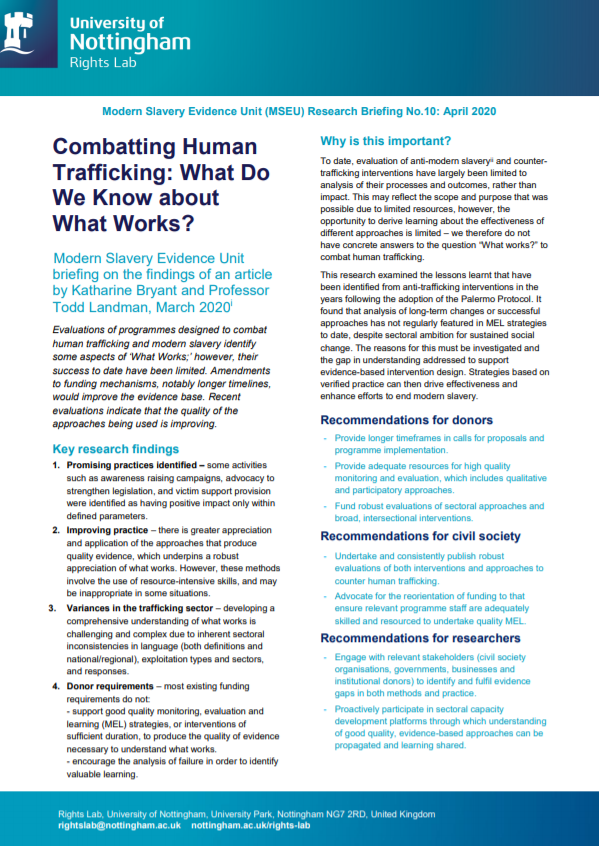National strategy for combating terrorist and other illicit financing
GuidanceCombating the pernicious impact of illicit finance upon our financial system, economy, and society is integral to strengthening U.S. national security and prosperity. While there has been substantial progress in the United States and globally in add...Read More

